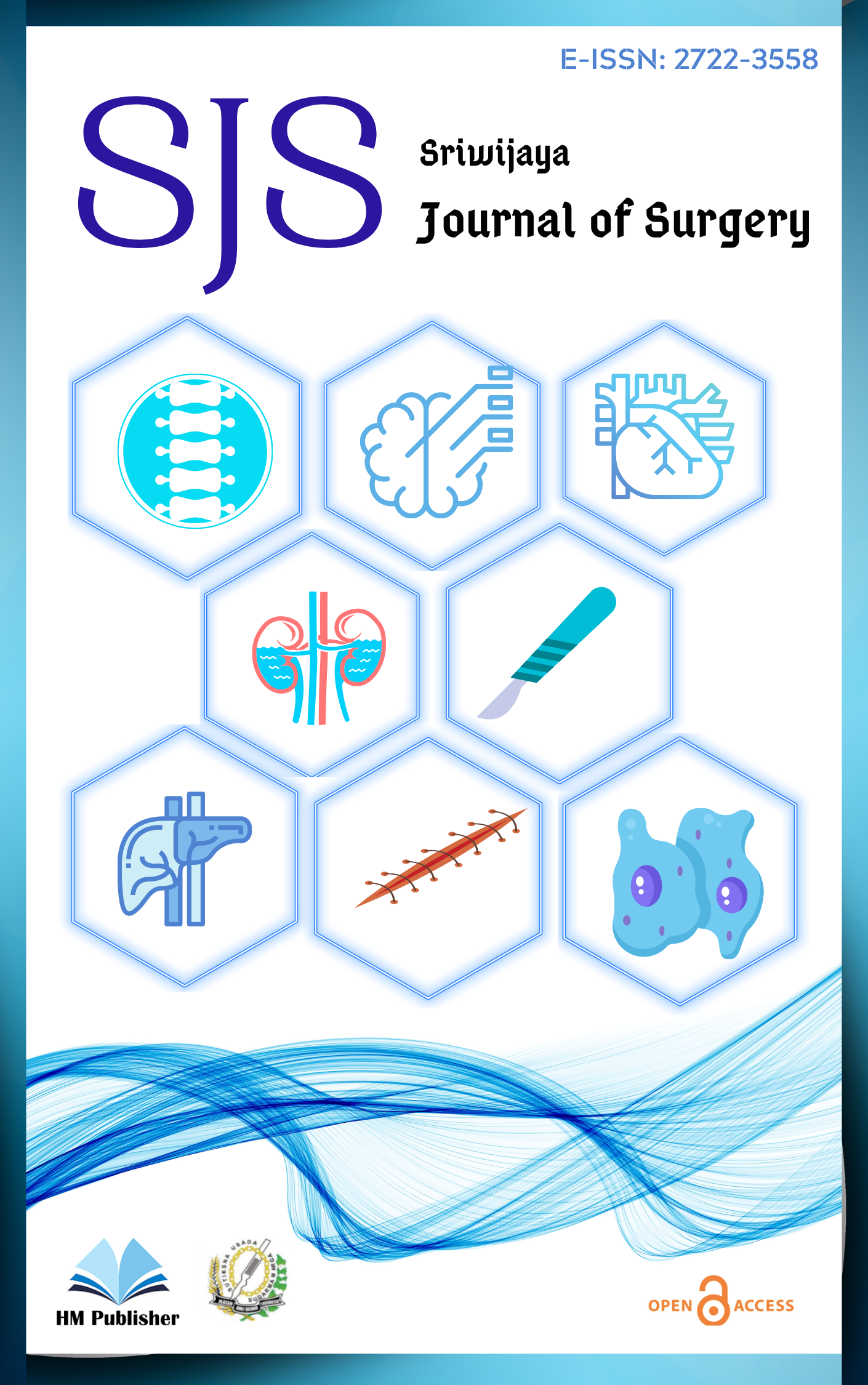Main Article Content
Abstract
Introduction: The optimal surgical approach for primary rhegmatogenous retinal detachment (RRD) in phakic patients remains a subject of ongoing debate. Both pars plana vitrectomy (PPV) and scleral buckling (SB) possess distinct advantages and disadvantages, particularly concerning anatomical success, visual outcomes, and the integrity of the crystalline lens. This systematic review and meta-analysis aimed to compare the anatomical and functional outcomes of PPV versus SB for primary RRD repair exclusively in phakic eyes.
Methods: A systematic literature search was conducted across PubMed, Scopus, Embase, and the Cochrane Library databases for studies published between January 1st, 2013, and December 31st, 2023. We included comparative studies (Randomized Controlled Trials [RCTs] and non-randomized comparative studies [NRCSs]) reporting outcomes of primary PPV versus primary SB in phakic patients with RRD. Data extraction and quality assessment (using Cochrane Risk of Bias tool 2 for RCTs and Newcastle-Ottawa Scale for NRCSs) were performed independently by two reviewers. Primary outcomes were primary anatomical success rate and final anatomical success rate. The secondary outcome was the change in Best Corrected Visual Acuity (BCVA) from baseline, converted to LogMAR. Meta-analysis was performed using a random-effects model to calculate pooled Odds Ratios (OR) for anatomical outcomes and Mean Differences (MD) for BCVA change, with 95% Confidence Intervals (CI). Heterogeneity was assessed using the I² statistic.
Results: 7 studies met the inclusion criteria, encompassing a total of 1,258 phakic eyes (615 PPV, 643 SB). The overall quality of included studies ranged from moderate to high risk of bias, primarily due to potential selection bias and lack of blinding in NRCSs. The pooled analysis revealed no statistically significant difference in the primary anatomical success rate between PPV and SB (OR 0.92, 95% CI [0.68, 1.24], P=0.58; I²=35%). Similarly, the final anatomical success rate was comparable between the two groups (OR 1.05, 95% CI [0.70, 1.57], P=0.81; I²=15%). Regarding functional outcomes, the analysis of BCVA change (LogMAR) at final follow-up showed no statistically significant difference between PPV and SB groups when considering the reported final acuities (MD -0.03 LogMAR, 95% CI [-0.12, 0.06], P=0.51; I²=55%).
Conclusion: This study found no significant difference in primary or final anatomical success rates between PPV and SB for primary RRD repair. Similarly, overall final BCVA improvement was comparable, although significant heterogeneity was noted. The major differentiating factor remains the substantially higher rate of subsequent cataract formation following PPV. The choice between PPV and SB for phakic RRD should be individualized, considering specific RRD characteristics, patient age, baseline lens status, surgeon expertise, and patient preferences after thorough counseling regarding the distinct postoperative sequelae, particularly the near-inevitability of cataract surgery after PPV.
Keywords
Article Details
1. Authors retain copyright and grant the journal right of first publication with the work simultaneously licensed under a Creative Commons Attribution License that allows others to share the work with an acknowledgement of the work's authorship and initial publication in this journal.
2.Authors are able to enter into separate, additional contractual arrangements for the non-exclusive distribution of the journal's published version of the work (e.g., post it to an institutional repository or publish it in a book), with an acknowledgement of its initial publication in this journal.
3.Authors are permitted and encouraged to post their work online (e.g., in institutional repositories or on their website) prior to and during the submission process, as it can lead to productive exchanges, as well as earlier and greater citation of published work.

